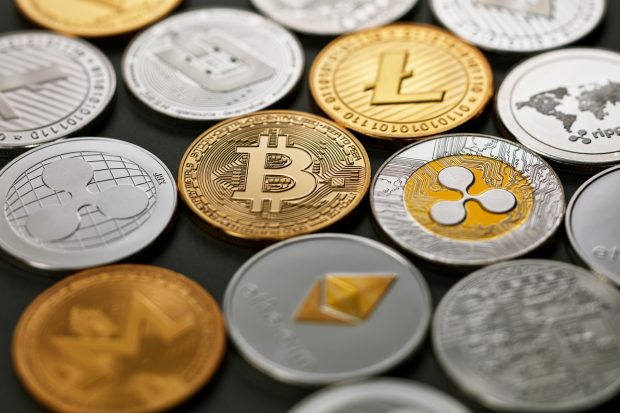Today we are going to discuss how the long term survivability of a prospective crypto asset is the single best indicator of its investment quality. We will also consider capital’s role in this model and why this is the best approach to investing in a crypto asset.
Let us consider a thought experiment. Suppose I offer to sell you two stocks (representing two companies), you must hold one of these certificates for 100 years, if you choose the one with the highest yield at the end of these hundred years, you will gain your hearts desire.
Further, I will tell you only one thing about each stock: Stock “A” belongs to a fantastic company in the present, it is growing fast and has been smashing sales records for the past few years. It’s generating excess cash galore and has a smart management team. The only thing that I will tell you about stock “B” is that it is guaranteed to survive the one hundred year mark as a functioning company with public stock. Which one is the best bet?

I am sure you realize this is a trick question. The main problem is that one hundred years is a long time, and nothing going on with the companies today, has any bearing on whether they will exist, let alone be more profitable than any other company, one hundred years from now. This is why, under our model, we always choose the company we know for a fact is still around one hundred years from now. Stock “A” is unknowable but the fact stock “B” has survived, tells us a lot about the average success of the underlying business.
The fact that stock “B” has survived the hundred year wager, suggests that the company has, on average, been generating excess cash, because it otherwise would not have made it. This generation of excess cash suggests the underlying security of this company would have appreciated over time, at the very least keeping par with inflation. Thus, company “B” one hundred years from now, is at the very least, a marginally more successful company than it is today.
So why is this important? Because this is the exact model under which crypto operates, just that we don’t need to wait one hundred years to observe the outcomes of our bets. With cryptocurrencies, long term survivability of a new asset past the 5 year mark is under 5%; and the gains of assets that do survive will almost certainly be positive and in many cases exponential. Clearly the game becomes not “which is the best crypto asset to invest in today,” but “what crypto asset is likely to still be around 5 years from now.”
Crypto assets, like businesses, take in large amounts of capital as sustenance, this sustenance is “spent” keeping this organism (a company or cryptocurrency ecosystem) functioning, and if these inputs are ever depleted, this organism will die. For the purposes of our analogy, a cryptocurrency which has expended all its human and financial capital, is in essence, worthless.
 This may sound oxymoronic to you, as cryptocurrencies (at least those that interest us for investment purposes) are money, but it is also important to understand that they still require external capital (human and financial) to function and pay the bills. Some assets, such as STEEM can generate and maintain needed human capital, others such as Dash can generate needed financial capital; few can do both and there is a permanent need for external sources of capital.
This may sound oxymoronic to you, as cryptocurrencies (at least those that interest us for investment purposes) are money, but it is also important to understand that they still require external capital (human and financial) to function and pay the bills. Some assets, such as STEEM can generate and maintain needed human capital, others such as Dash can generate needed financial capital; few can do both and there is a permanent need for external sources of capital.
What does this teach us? That capital is key to the long term prospects and long term price appreciation of a crypto asset. If we take a step back and consider our earlier discussion, we can likely say that stock “B,” at the very least maintained a base input of human and financial capital (re-investment or external), spent on keeping up and improving its business operations over the length of the hundred year bet, otherwise, the project would have ground to a halt.
This tells us to select for investment crypto assets that either have large sources of external human and financial capital, or projects which generate/attract these qualities en masse. This type of underlying ecosystem is more likely than not to last, and on average, over many years, it is likely to appreciate in value. In the worst case scenario it will keep pace with inflation, and best case it will grow in value exponentially.

